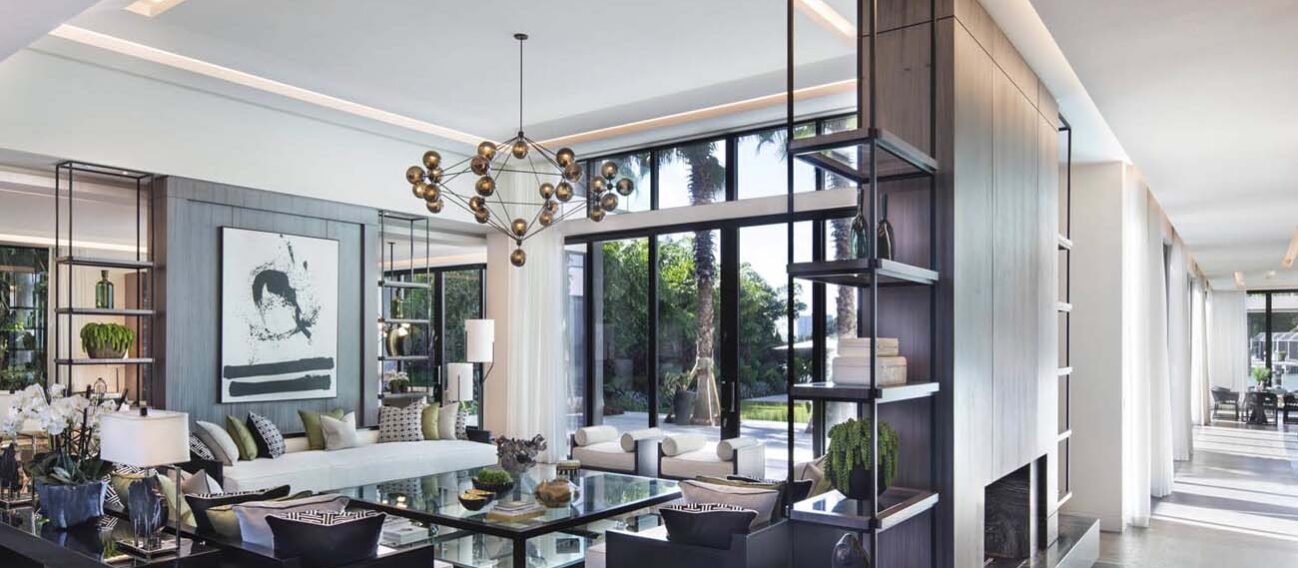Layers of Light Help to Turn a Residential House into a Home
Home.
The word conjures images of comfort, security, and warmth.
Home could be a 400-square-foot studio or a mansion of immense proportions for some.
Our places of residence are comfortable retreats that contain our loved ones, whether they be animals or humans. The functionality of these dwellings is dependent on the space available, the furnishings needed to ensure comfort, and decor that reflects our unique personalities.
“We shape our dwellings, and afterwards, our dwellings shape us.”
– Winston Churchill
Lighting in a residential setting is essential to ensure safety and enhance style. If only one lamp is to illuminate an entire room, the effort put into the interior design will be wasted.
Comfort and design balance is a high priority when decorating a home. The appearance of paint color, upholstery, artwork, and carpeting will depend on the light source.
So, it’s good to use a layer of ambient, accent, and task lighting in your home to set the mood and provide safe passage. Here is a definition of each of these layers and their functions:
Ambient Lighting
The ambient lighting layer, or “general lighting,” gives a room adequate overall illumination. This light comes through the window during the day or in a residential setting; it can be overhead lighting such as pendants, semi-flush/flush mount ceiling fixtures, ceiling fans, or chandeliers. Because this type of light is general, it’s often humdrum and requires accent lighting and task lighting.
Accent Lighting
The accent lighting layer is considered the “decorative” layer as it allows the homeowner or decorator to highlight points of interest. Accent lighting highlights artwork, architecture, sculptures, or other features that could be made more prominent. According to the American Lighting Association, to be effective, accent lighting requires at least three times as much light on a focal point as the general lighting surrounding it. The drama of accent lighting is usually provided by energy-saving LED track, recessed or wall-mounted fixtures.
Task Lighting
The final layer of lighting design is task lighting, which provides illumination for specific tasks such as food prep, homework, reading, or playing games. This light must be free of distracting glare and shadows and be bright enough to prevent eyestrain. Interior residential task lighting takes many forms, such as linear recessed LED lighting and pendant lights.
Wherever and whatever your home is, remember these three layers of light as you “feather the nest” with color, soft furnishings, and artwork. Comfort as well as functionality is the goal when choosing layers of light source.







